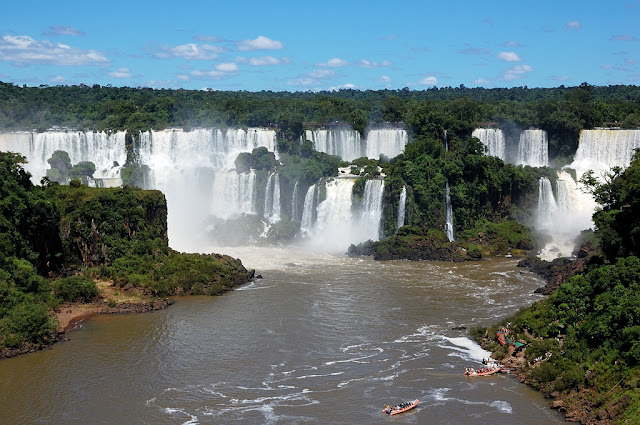Christmas is a time to get together with family and friends to celebrate, and food plays a big part in any Mexican Christmas celebration. In Mexico it is customary to have a family dinner late on Christmas Eve (Noche Buena). Here are some of the foods that are traditionally eaten at Christmastime in Mexico, either at Christmas Eve dinner or during the festivities leading up to Christmas such as las posadas. If you're in Mexico for Christmas, be sure to sample these festive dishes, and if you can't be in Mexico for the holidays, you can add a Mexican touch to your celebration by including some of these foods.
Ensalada de Noche Buena - This salad usually contains lettuce and beets, but other ingredients vary according to location and the chef's preference, and may include apple, carrot, orange, pineapple, jicama, pecans or peanuts, and pomegranate seeds as a garnish.
Ensalada de Noche Buena - This salad usually contains lettuce and beets, but other ingredients vary according to location and the chef's preference, and may include apple, carrot, orange, pineapple, jicama, pecans or peanuts, and pomegranate seeds as a garnish.
Tamales are cornmeal dumplings which may be prepared with a variety of different fillings. They are wrapped in corn husks (or occasionally banana leaves), and steamed.
Bacalao - is a popular recipe in which the cod is stewed with tomatoes, capers, olives, and potatoes, but it may be prepared in a variety of ways.
Romeritos - A green leaf vegetable with small leaves, this plant resembles rosemary, for which it is named. Romeritos are most often served as romeritos en revoltijo, with shrimp cakes and doused in mole.
Pozole - Pozole is hominy soup made with pork or chicken and seasoned with chile and garlic. It is served with garnishes of shredded lettuce or cabbage, thinly sliced radishes, avocado, oregano, and lime wedges.
Pavo - The Christmas turkey may be roasted, or it may be served with mole, a rich sauce made of ground chiles and other ingredients.
Buñuelos - Served with a hot drink, buñuelos make an excellent treat on a cold night. This crispy fried treat is like a sweet tostada which is sprinkled with sugar or doused in syrup.
Ponche Navideño - Mexican hot fruit punch is made with tejocotes (Mexican hawthorn), which look like crab apples but have large pits and a unique flavor. Guavas, apples, and other fruit are added and the drink is flavored with cinnamon and sweetened with piloncillo.
Rosca de Reyes - This sweet bread is served on King's Day (Día de Reyes), on January 6, but may start appearing in Mexican bakeries around Christmastime.





.jpg)








































